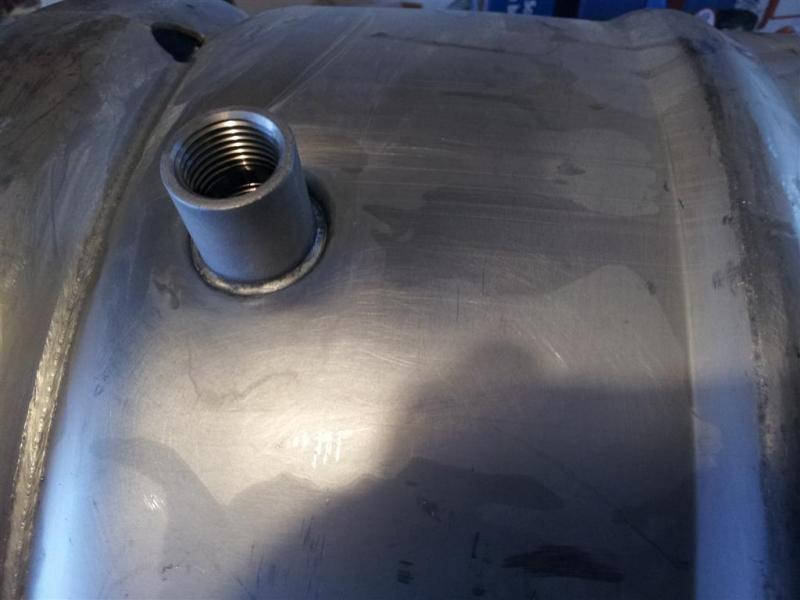Double-R
Well-Known Member
I was careful,and only added the "Harris Stay-Clean Flux" to the face of the nut. And to the keg.
But used the solder in the link.. What i did was,Cut a loop to match the diameter of the nut..A tad smaller actually.
Because the solder is thick.. I just placed the nut on top of looped solder,then applied heat. The thick solder filled all
the gaps caused by the curved keg and flat washer.
http://www.homedepot.com/h_d1/N-5yc...word=silver+solder&storeId=10051#.UDFyu6BD6So
But used the solder in the link.. What i did was,Cut a loop to match the diameter of the nut..A tad smaller actually.
Because the solder is thick.. I just placed the nut on top of looped solder,then applied heat. The thick solder filled all
the gaps caused by the curved keg and flat washer.
http://www.homedepot.com/h_d1/N-5yc...word=silver+solder&storeId=10051#.UDFyu6BD6So













